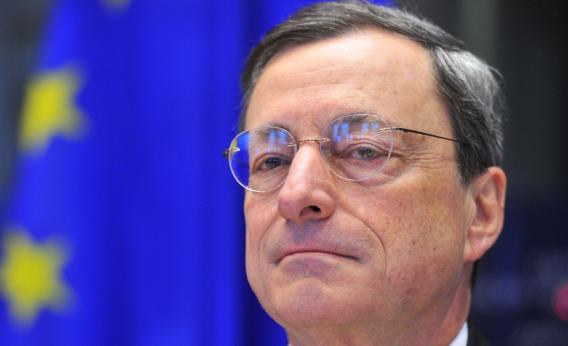I’ve often been critical of St. Louis Federal Reserve Bank President James Bullard, but as I today watch the European Central Bank issue yet another statment of no policy change even in the face of deteriorating economic conditions, my thoughts turn to some wise remarks he made last weekend in San Diego.
His point was that there’s a striking contrast between Mario Draghi’s willingness to get involved in some very unorthodox measures related to government finance in Spain and Italy and his seeming indifference to the idea that eurozone monetary policy ought to try to stabilize aggregate demand. Draghi’s done a lot of unusual, fairly activist things to “help solve the eurozone crisis” in other words but he hasn’t been willing to do the banal things that central bankers do keep economies out of recession. And yet, even though such measures would hardly solve every problem in Spanish labor markets or Italian demographics of Greek governance, they’d certainly help ease the pain a bit. And standard plain-vanilla monetary stimulus would be especially helpful for the “good students” of austeritynomics like Ireland and Latvia who desperately need assurances that there will be external demand even as the domestic population cuts back.
Now Bullard had a very strong very about the impropriety of the OTMs and such. I think the results speak for themselves in terms of Draghi’s extraordinary measures. But where Bullard’s right is that there seems to be a need for a “back to basics” approach. The eurozone, as a whole, is in recession conditions. Central bankers are supposed to have something to say about that in terms of monetary policy.
